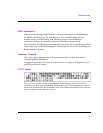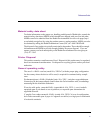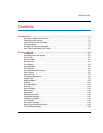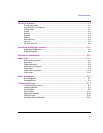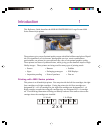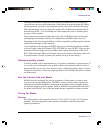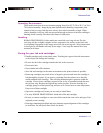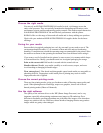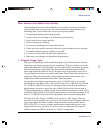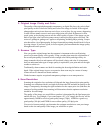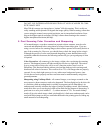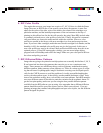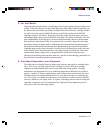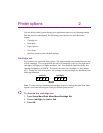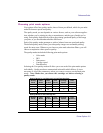
Introduction 1-4
Reference Guide
Choose the right media
You can rely on KODAK PROFESSIONAL media for rich, vivid images across the
entire color spectrum. They are specially formulated to demanding specifications, strict
performance criteria, and uncompromising quality controls. This assures superb interaction
with KODAK PROFESSIONAL Ink and flawless performance with the printer.
KODAK offers a wide range of sheet and roll media and is always adding new products.
Check with your authorized KODAK PROFESSIONAL supplies dealer for the latest
offerings.
Caring for your media
Store media in its original packaging in a cool, dry area until you are ready to use it. The
environment should be stable; i.e., no extremes of heat and cold, and non-condensing
humidity. If conditions are outside the operating ranges recommended for the printer, allow
the media to acclimate in the operating environment for at least 48 hours before using it.
If you remove a roll of media from the printer, be sure to store it in a manner which keeps
it clean and dust-free. Ideally, you should return it to its original packaging for storage.
Print on the correct side! Roll media is wound with the coated side out.
Handle with care! Handle your media carefully to avoid creases, scrapes, and tears.
Avoid crushing or damaging roll media edges.
Wear cotton gloves! Film-based and photographic paper-based media are susceptible to
absorbing skin oils. Fingerprints on the media prior to printing may result in visible
fingerprints after ink is applied.
Choose the correct printing mode
There are four printing modes, giving you freedom to trade off drawing output quality and
speed. When printing heavier renderings, maps or art graphics, choose one of the en-
hanced printing modes (Photo or Enhanced).
Use the right software
The quality of the software driver or the RIP (Raster Image Processor) can be very
important, especially when printing continuous tone images or 3D renderings. Error
diffusion or stochastic screening algorithms can yield photo-like images, even when these
images are scaled to full size. Software without advanced imaging features may produce
images which are grainy when enlarged.



